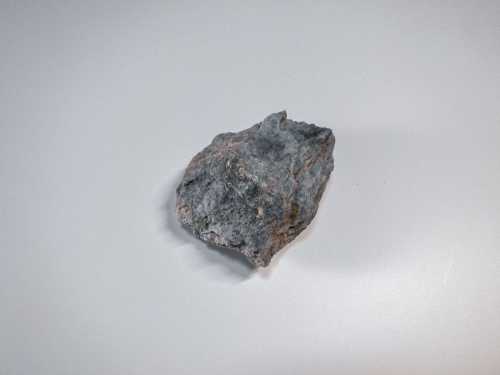
Previously, the word “carbide” was known to almost all schoolchildren and workers. This name meant calcium carbide (CaC₂) – a chemical substance that, when interacting with water, releases flammable acetylene gas. The reaction was accompanied by a characteristic hissing sound, and the released gas easily ignited, giving a bright flame.
Carbide was widely used in the national economy. It was used:
- in gas welding and metal cutting – acetylene served as fuel for welding torches;
- in lighting – miners and tourists used carbide lamps, which gave bright and stable light;
- in the chemical industry – for the synthesis of various organic compounds;
- even in everyday games – boys threw pieces of carbide into water or puddles, set fire to the released gas, and watched mini-explosions.
Why no Soviet boy could pass by carbide
For Soviet boys, a piece of carbide was a real gem, almost equal to found money. The reason is simple – this substance opened up a whole world of yard fun, accessible without complicated tools. One had only to throw the carbide into a jar or a puddle of water, as a violent “boiling” began and gas was released, which could be set on fire. A bright flash or a pop made a strong impression, and the process itself seemed like a real scientific experiment.
Carbide was not easy to obtain, which is why it was so highly valued. Most often, it could only be obtained from a welder you knew or found by chance near repair shops and garages. Sometimes the boys would collect scraps on abandoned construction sites where gas welders had previously worked. Any find became an occasion for “secret experiments” with friends, which adults, of course, were not supposed to know about.
Finally, carbide was a symbol of ingenuity and childish independence. In an era before smartphones and computer games, such finds turned an ordinary day into a small adventure. Boys competed to see who could make the loudest bang, the brightest flame, or the most ingenious design for detonation. All this made a piece of carbide not just a chemical substance, but a kind of pass into the world of yard wonders.
Why did carbide disappear?
Since the late 1980s, carbide has been rapidly disappearing from everyday life. The reasons were complex.
Technical progress
Gas welding in industry gradually gave way to more modern methods – electric arc, plasma and laser cutting. Tourist and miner's carbide lamps were replaced by electric flashlights on batteries and LEDs.
Danger and regulation
Carbide is a chemically active substance that can be explosive if not stored and handled properly. The acetylene released during the reaction poses a risk of explosion and poisoning in confined spaces. In the 1990s, regulations for the storage and sale of hazardous substances became stricter, making it much more difficult to buy carbide.
Change in production scale
In the USSR, there were large factories producing carbide, as it was needed in industry. After the collapse of the Soviet Union, many enterprises closed or switched to producing other products, and production volumes fell significantly.
Where can you find carbide today?
Carbide has not completely disappeared – it is still used in industry, especially in construction, welding and some chemical processes. It can be purchased in specialized stores, but this often requires the appropriate documents.
It has become a rarity in everyday life, and for many modern teenagers it is almost a mythical substance that parents and grandparents talk about.





